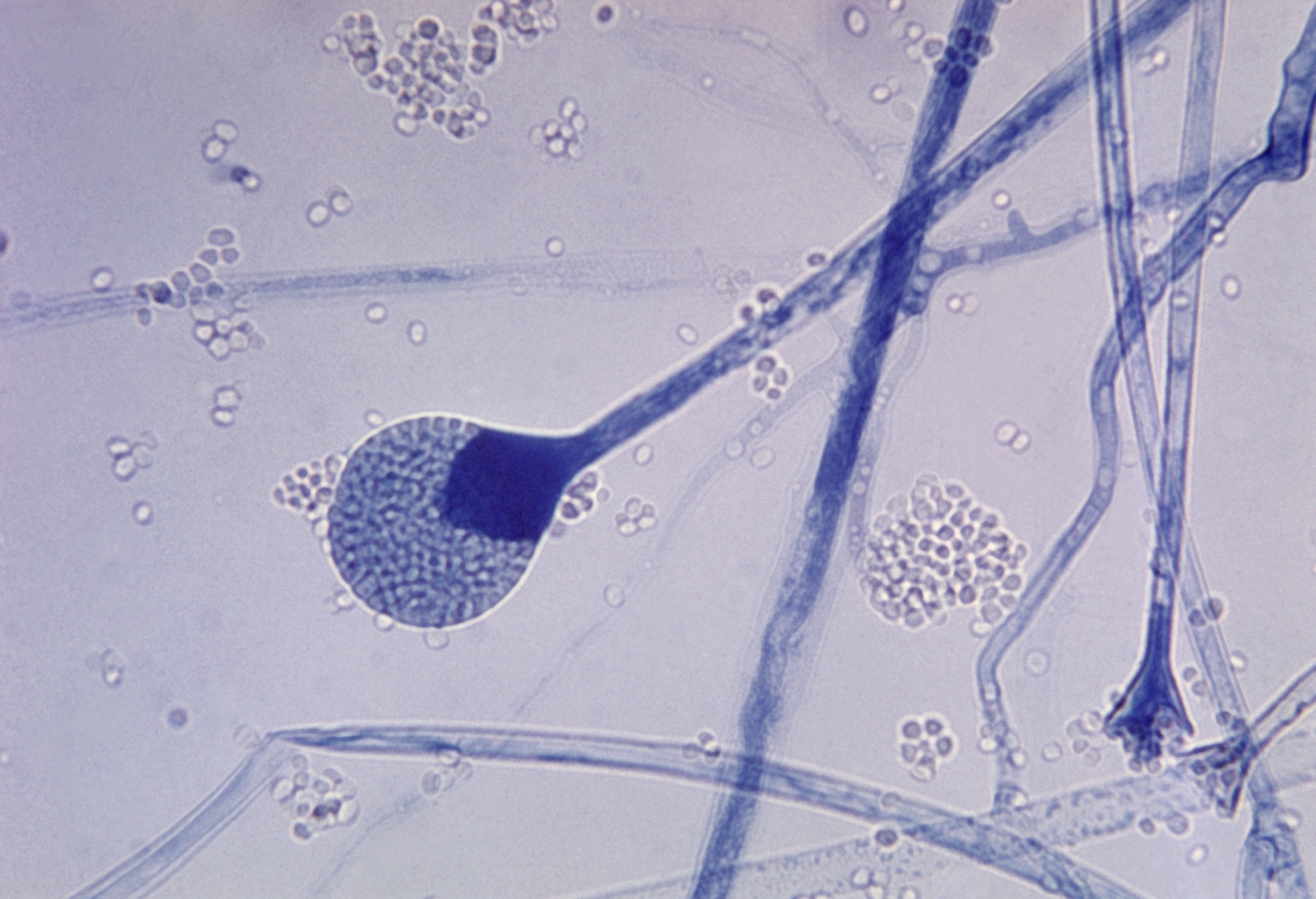|
Mucor Velutinosus
''Mucor velutinosus'' is a fungus first isolated from human clinical specimens in the US. It is closely related to ''Mucor ramosissimus'', but differs in its ability to grow at 37 °C and produce verrucose sporangiospore A sporangium (from Late Latin, ; : sporangia) is an enclosure in which spores are formed. It can be composed of a single cell or can be multicellular. Virtually all plants, fungi, and many other groups form sporangia at some point in their lif ...s. References Further reading *Sugui, Janyce A., et al. "Hematogenously disseminated skin disease caused by Mucor velutinosus in a patient with acute myeloid leukemia."Journal of Clinical Microbiology 49.7 (2011): 2728-2732. *Joichi, Yumiko, et al. "Detection of Mucor velutinosus in a blood culture after autologous peripheral blood stem cell transplantation: a pediatric case report." Medical mycology journal 55.2 (2014): E43-E48. External links *MycoBank Mucoraceae Fungi described in 2010 Fungus species ... [...More Info...] [...Related Items...] OR: [Wikipedia] [Google] [Baidu] |
Fungus
A fungus (: fungi , , , or ; or funguses) is any member of the group of eukaryotic organisms that includes microorganisms such as yeasts and mold (fungus), molds, as well as the more familiar mushrooms. These organisms are classified as one of the kingdom (biology)#Six kingdoms (1998), traditional eukaryotic kingdoms, along with Animalia, Plantae, and either Protista or Protozoa and Chromista. A characteristic that places fungi in a different kingdom from plants, bacteria, and some protists is chitin in their cell walls. Fungi, like animals, are heterotrophs; they acquire their food by absorbing dissolved molecules, typically by secreting digestive enzymes into their environment. Fungi do not photosynthesize. Growth is their means of motility, mobility, except for spores (a few of which are flagellated), which may travel through the air or water. Fungi are the principal decomposers in ecological systems. These and other differences place fungi in a single group of related o ... [...More Info...] [...Related Items...] OR: [Wikipedia] [Google] [Baidu] |
Mucor Ramosissimus
''Mucor'' is a microbial genus of approximately 40 species of molds and dimorphic fungi in the family Mucoraceae. The genus includes both pathogenic and avirulent species, and some members of it can be utilized in biotechnical applications. These fungi are commonly found in soil, digestive systems, plant surfaces, some cheeses like Tomme de Savoie, rotten vegetable matter and iron oxide residue in the biosorption process. Description Colonies of this fungal genus are typically yellow, beige or grey. They are characterized by rapid growth and sporulation in high aw environments, and they reproduce both sexually and asexually. ''Mucor'' spores or sporangiospores can be simple or branched and form apical, globular sporangia that are supported and elevated by a column-shaped columella. ''Mucor'' species can be differentiated from molds of the genera ''Absidia'', '' Rhizomucor'', and ''Rhizopus'' by the shape and insertion of the columella, and the lack of stolons and rhizoids. S ... [...More Info...] [...Related Items...] OR: [Wikipedia] [Google] [Baidu] |
Sporangiospore
A sporangium (from Late Latin, ; : sporangia) is an enclosure in which spores are formed. It can be composed of a single cell or can be multicellular. Virtually all plants, fungi, and many other groups form sporangia at some point in their life cycle. Sporangia can produce spores by mitosis, but in land plants and many fungi, sporangia produce genetically distinct haploid spores by meiosis. It's outdated name, sporange, is one of the few perfect rhymes for orange. Fungi In some phyla of fungi, the sporangium plays a role in asexual reproduction, and may play an indirect role in sexual reproduction. The sporangium forms on the sporangiophore and contains haploid nuclei and cytoplasm. Spores are formed in the sporangiophore by encasing each haploid nucleus and cytoplasm in a tough outer membrane. During asexual reproduction, these spores are dispersed via wind and germinate into haploid hyphae. Although sexual reproduction in fungi varies between phyla, for some fungi the ... [...More Info...] [...Related Items...] OR: [Wikipedia] [Google] [Baidu] |
Mucoraceae
The Mucoraceae are a family of fungi of the order Mucorales, characterized by having the thallus not segmented or ramified. Pathogenic genera include ''Absidia'', '' Apophysomyces'', '' Mucor'', '' Rhizomucor'', and '' Rhizopus''. According to a 2008 estimate, the family contains 25 genera Genus (; : genera ) is a taxonomic rank above species and below family as used in the biological classification of living and fossil organisms as well as viruses. In binomial nomenclature, the genus name forms the first part of the binomial s ... and 129 species. Genera The family consists of the following genera: * '' Actinomucor'' * '' Apophysomyces'' * '' Benjaminiella'' * '' Chaetocladium'' * '' Circinella'' * '' Cokeromyces'' * '' Dicranophora'' * '' Ellisomyces'' * '' Helicostylum'' * '' Hyphomucor'' * '' Kirkomyces'' * '' Mucor'' * '' Parasitella'' * '' Pilaira'' * '' Pilophora'' * '' Pirella'' * '' Rhizomucor'' * '' Rhizopodopsis'' * '' Rhizopus'' * '' Sporodiniella'' * '' Syzy ... [...More Info...] [...Related Items...] OR: [Wikipedia] [Google] [Baidu] |
Fungi Described In 2010
A fungus (: fungi , , , or ; or funguses) is any member of the group of eukaryotic organisms that includes microorganisms such as yeasts and mold (fungus), molds, as well as the more familiar mushrooms. These organisms are classified as one of the kingdom (biology)#Six kingdoms (1998), traditional eukaryotic kingdoms, along with Animalia, Plantae, and either Protista or Protozoa and Chromista. A characteristic that places fungi in a different kingdom from plants, bacteria, and some protists is chitin in their cell walls. Fungi, like animals, are heterotrophs; they acquire their food by absorbing dissolved molecules, typically by secreting digestive enzymes into their environment. Fungi do not photosynthesize. Growth is their means of motility, mobility, except for spores (a few of which are flagellated), which may travel through the air or water. Fungi are the principal decomposers in ecological systems. These and other differences place fungi in a single group of related o ... [...More Info...] [...Related Items...] OR: [Wikipedia] [Google] [Baidu] |


